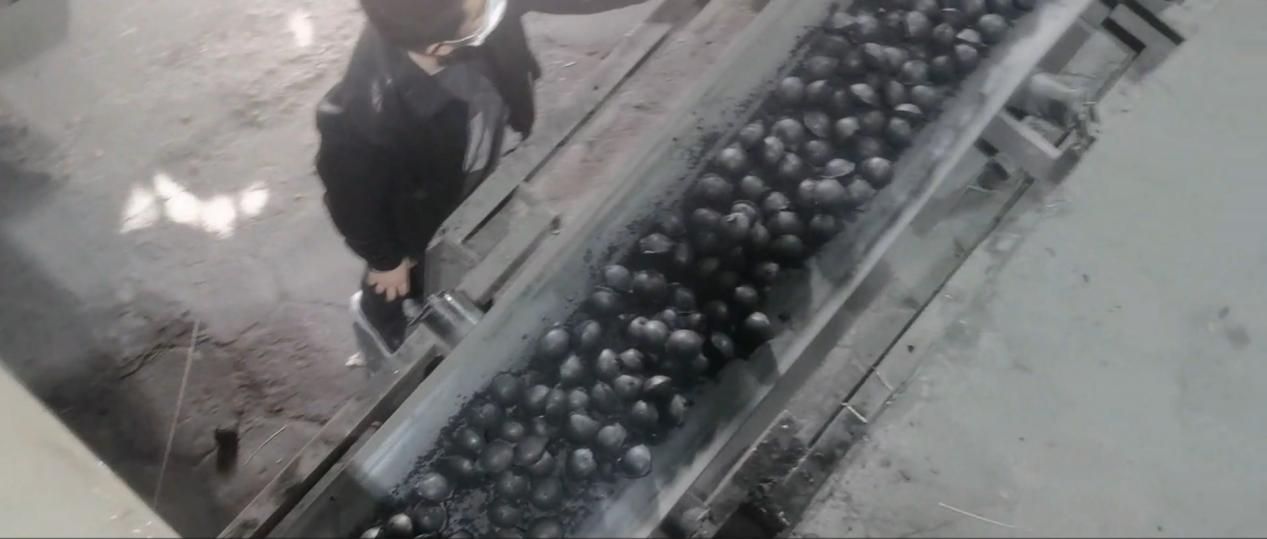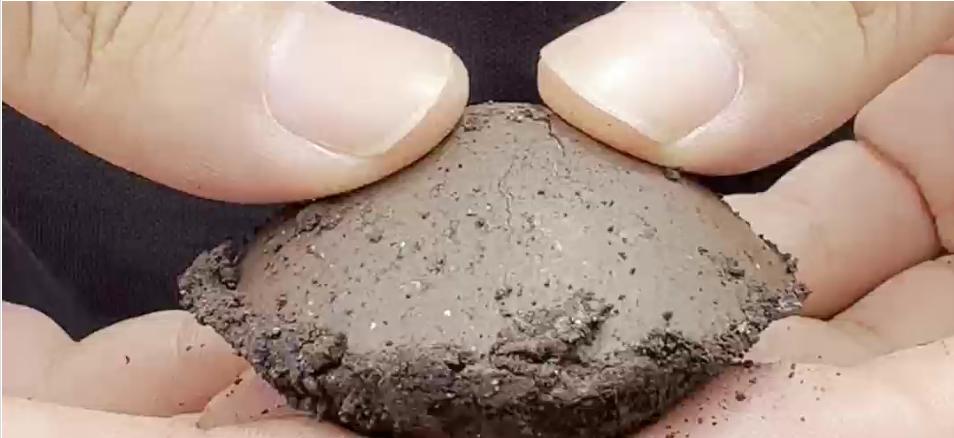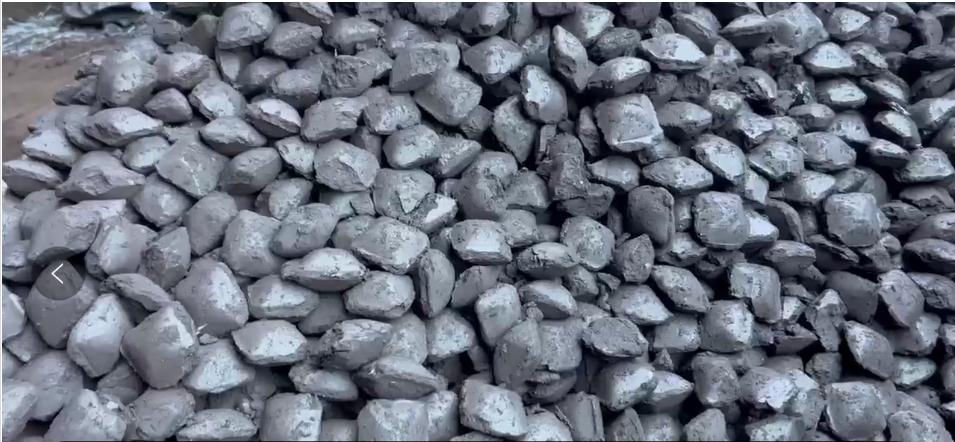In the steel making process, cold pressing technology is often used to recycle solid wastes, many of which, such as iron oxide, iron sludge, and iron dedusting ash, are cold pressed and reintroduced into converters and electric furnaces as slagging agents and coolants in the steel making process. Recently, some steel mills use the red mud produced in the alumina manufacturing process to make cold pressed pellets, which can be used as dephosphorising agent in the steel making process.

The utilization of red mud as a dephosphorising agent in the steelmaking process stems from its unique chemical composition. With high levels of Al2O3 and Na2O, red mud plays a pivotal role in facilitating the formation of a primary slag with favorable melting properties and fluidity during steelmaking. This initial slag environment creates optimal conditions for deep dephosphorisation reactions, thereby enhancing the efficiency of phosphorus removal in the early stages of steel production.

Internationally, a new research direction has emerged in the steelmaking industry in recent years, that is, the research of cold-pressed pellets directly into the blast furnace. Some Chinese steel mills have indicated that this kind of cold-pressed pellets based on iron as raw material need to reach at least 200kg cold-pressed strength to enter into the blast furnace in order to be safe, but some scholars hold a different point of view that, taking into consideration of the area of the force as well as the shape of the pellets, the cold-pressed blocks only need to reach 80-90kg cold-pressed strength in some cases;

But in either case, we are able to formulate a binder that results in superior pellet metallurgical performance.
Post time: May - 14 - 2024










